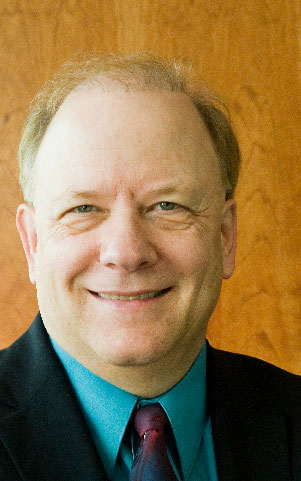|
Available in 2 formats:
MP3 Audio Download: $12
Audio Compact Disc: $15
Analgesic Effects of Hypnosis and Virtual Reality Distraction
David Patterson, PhD, ABPH and Hunter Hoffman, PhD
Audio Sample:
This presentation will be divided into two parts. The first part, given by Dr. Hoffman, will discuss the use of virtual reality (VR) distraction as a means to control acute pain in humans. Immersive VR is a nonpharmacologic analgesic used in addition to traditional pain medications. It relies on a sophisticated helmet that blocks the patient's view of threatening stimuli and substitutes computer-generated images via small computer screens and lenses positioned near the eyes. Noise-canceling headphones block or replace hospital noises with sound effects and relaxing background music from the virtual world. Using immersive VR distraction, we have reported that patients undergoing clinical pain, such as that from burn care or aggressive physical therapy, report 35-50% reductions in procedural pain. We have also studied fMRI brain scans of patients in VR, and they also demonstrate large drops in pain related brain activity centralized in the pain matrix (that part of the brain which is shown to activate during nociceptive stimulation).
The second half of this lecture, given by Dr. Patterson, focuses on the interface of immersive VR and hypnosis (VRH). Hypnosis has been demonstrated to be effective for a wide variety of acute and chronic pain disorders in randomized controlled trials. However, access to clinicians trained in hypnosis often limits the use of this modality. This part of the talk discusses how immersive VR is used to provide a hypnotic induction for pain control. Patients see themselves descending into the virtual world while simultaneously receiving an induction through noise-canceling earphones. After finding themselves floating over a vivid lake scene, patients receive post-hypnotic suggestions for pain control during painful procedures. Thus far, our studies have shown substantial reduction in pain after large burn injuries and significant blunt force trauma.
 David R. Patterson PhD, ABPP is professor of Rehabilitation Medicine, Surgery and Psychology at the University of Washington School of Medicine. He has diplomate degrees in hypnosis and rehabilitation psychology. Dr. Patterson has been using hypnosis for 25 years in his role of a psychologist at a Level I regional trauma center in Seattle. David R. Patterson PhD, ABPP is professor of Rehabilitation Medicine, Surgery and Psychology at the University of Washington School of Medicine. He has diplomate degrees in hypnosis and rehabilitation psychology. Dr. Patterson has been using hypnosis for 25 years in his role of a psychologist at a Level I regional trauma center in Seattle.
He has been funded by the National Institutes of Health for his research in the use of hypnosis to reduce pain since 1989 and has over 150 articles and chapters on this and related subjects. Dr. Patterson's invited book to be published by the American Psychological Association entitled Clinical Hypnosis for Pain Control is scheduled for release in April, 2010.
 Hunter Hoffman, PhD spent a year of pre-graduate research with memory researcher Marcia Johnson at Princeton, studying how people remember/distinguish the real vs. imagined origin of specific autobiographical memories. In graduate school at the University of Washington in Seattle, Hoffman and his advisor/mentor Elizabeth Loftus explored how memories for crimes and accidents can become distorted by Hunter Hoffman, PhD spent a year of pre-graduate research with memory researcher Marcia Johnson at Princeton, studying how people remember/distinguish the real vs. imagined origin of specific autobiographical memories. In graduate school at the University of Washington in Seattle, Hoffman and his advisor/mentor Elizabeth Loftus explored how memories for crimes and accidents can become distorted by
new information encountered later, i.e, the malleability of human memory. After getting his PhD in Cognitive Psychology (Human Memory and Attention) at the University of Washington in Seattle, Dr. Hoffman joined a new virtual reality research center at the University of Washington. He began studying the dissociative illusion of going inside the computer-generated virtual world as if it was a place people visited.
Drs. Hoffman and Patterson began collaborating around 1996, jointly exploring the use of immersive virtual reality as a means to distract burn patients from their pain during wound care and physical therapy. And he is also helped develop virtual reality exposure therapy to treat civilian (e.g, WTC world ) and combat-related (Iraqworld) post-traumatic stress disorder (PTSD). Dr. Hoffman was named one of the top "fast 50" innovators of the next 10 years
|

